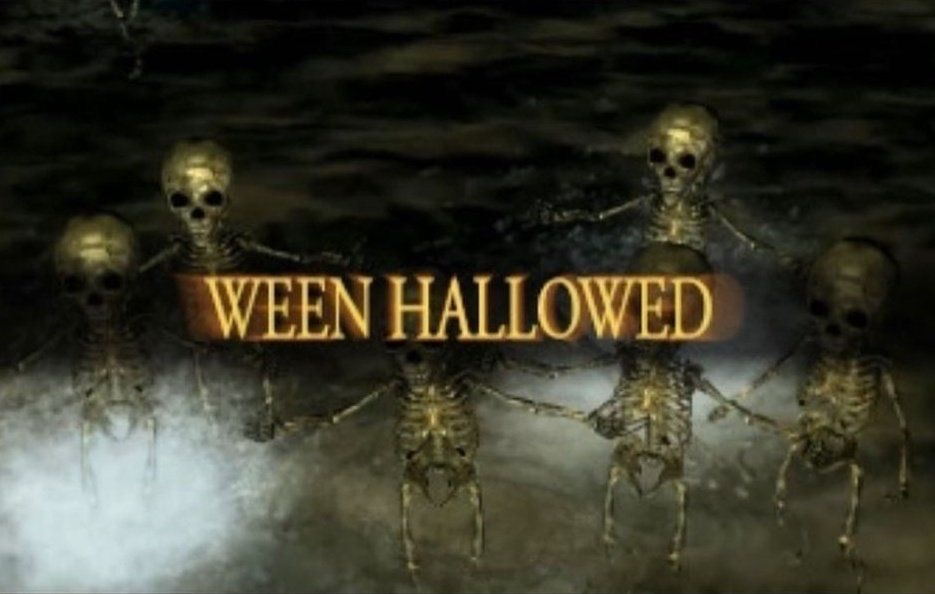Platypus
- 2 Posts
- 31 Comments
In my experience, very, but it’s also not magic. Being able to package an application with its environment and ship it to any machine that can run Docker is great but it doesn’t solve the fact that modern deployment architecture can become extremely complicated, and Docker adds another component that needs configuration and debugging to an already complicated stack.

 2·6 months ago
2·6 months agoIt’s sure looking that way, though the Guardians aren’t in too deep a hole to climb back out. It’s hardly surprising we see those two so often–they’re huge market teams with a front office that’s willing to shell out what it takes to field a contender basically every season.
Personally I’d love to see a salary floor and a more aggressive luxury tax so that we get a more even field, but that’s probably unlikely given the inevitable pushback from both owners and players, respectively.

 0·10 months ago
0·10 months agoThis whole meme looks AI generated. What’s with the face behind Picard? Or Data’s eyes? Or any of it, really, once you look closely?
Edit: the original meme has since been replaced. This comment is obsolete.

 61·11 months ago
61·11 months agoPeople being convinced that something is conscious is a long, long way from a compelling argument that something is conscious. People naturally anthropomorphize, and a reasonably accurate human speech predictor is a prime example of something that can be very easily anthropomorphized. It is also unsurprising that LLMs have developed such conceptual nodes; these concepts are fundamental to the human experience, thus undergird most human speech, and it is therefore not only unsurprising but expected that a system built to detect statistical patterns in human speech would identify these foundational concepts.
“So rocks are conscious” isn’t, at least in my opinion, the classic counter to panpsychism; it’s an attempt at reductio ad absurdum, but not a very good one, as the panpsychist can very easily fall back on the credible argument that consciousness comes in degrees, perhaps informed by systematic complexity, and so the consciousness of a rock is to the consciousness of a person as the mass of an atom is to the mass of a brain.
The problem with panpsychism is, and has always been, that there’s absolutely no reason to think that it’s true. It’s a pleasingly neat solution to Chalmers’ “hard problem” of neuroscience, but ultimately just as baseless as positing the existence of an all-powerful God through whose grace we are granted consciousness; that is, it rests on a premise that, while sufficiently explanatory, is neither provable nor disprovable.
We ultimately have absolutely no idea how consciousness arises from physical matter. It is possible that we cannot know, and that the mechanism is hidden in facets of reality that the human experience is not equipped to parse. It is also possible that, given sufficiently advanced neuroscience, we will be able to offer a compelling account of how human consciousness arises. Then—and only then—will we be in a position to credibly offer arguments about machine intelligence. Until then, it is simply a matter of faith. The believers will see a sufficiently advanced language model and convince themselves that there is no way such a thing is not conscious, and the disbelievers will repeat the same tired arguments resting on the notion that a lack of proof is tantamount to a disproof.

 3·11 months ago
3·11 months agoSo that my players see me roll the dice. As long as they believe the illusion, the roll is real to them, and so their experience is meaningful and memorable; at the end of the day, that’s what matters most to me as a DM.

 3·11 months ago
3·11 months agoThe “but framing is an art” argument has never made sense to me. The job of calling balls and strikes is already too hard for even an excellent umpire to do perfectly; the notion that we should reward players for trying to make it harder is lunacy. Every rules change forces players to adapt, and benefits some while hurting others.
They’re definitely better entertainment pound-for-pound. I’d contend that the book gives you a lot more to think about, so it really depends what you’re after. I like them both a lot–I think they complement each other very nicely.

 13·1 year ago
13·1 year agoIt’s not a matter of what people can use, but what people do use. Like it or not, Discord is the de facto standard, and it’s a lot easier to install workarounds that make Discord usable on Linux than it is to convince all your friends to switch platforms.

 147·1 year ago
147·1 year agoFor many people, socialization is a core part of gaming, and Discord is far and away the most common platform for that socialization.

 305·1 year ago
305·1 year agoWhere tf do you live that a banana is $10?
Ok but O&S is a miserable fight

 1·1 year ago
1·1 year agoAmerican and I’ve never heard it used this way. Seems like a standard case of thesaurus abuse–it’s technically a synonym for “hot,” but the connotations are wholly unsuitable for this use.
My car gets about 250 miles on a charge, so I’m only ever at a public charger if I’m taking a trip longer than that. At that point my day is pretty much fucked by traveling, and it’s actually really nice get off the road for an hour. Usually I find a nearby coffee shop and work on the same stuff I would at home, and when I get back on the road I can feel that I’m alert and focused.
Board state in marketing photos cracks me up. Who needs corners? What is a big move? Attachment fights only pls

 331·1 year ago
331·1 year agoI’ve been migrating one of my company’s apps from microservices back to monolithic Java. It’s wonderful. I haven’t touched a line of yaml in weeks.

 3·1 year ago
3·1 year agoIt’s never a good look when the story changes this much. Something’s definitely being covered up.
Because cross-platform apps inevitably feel out of step with the OS they run on. Native apps can use system components and behaviors and will almost always run better because they don’t need to be wrapped in a cross-platform framework. Admittedly a platform-locked app isn’t going to be a universally perfect Lemmy app, but it can certainly be a platform-specific perfect Lemmy app.
With no disrespect to Voyager, its devs, or its users, this is why I can’t use that app despite its impressive feature set and high level of polish–the ui feels fundamentally wrong on iOS, and the fact that it’s a very direct Apollo clone but not written in native swift makes it feel like a knockoff.



Professional athletes also have some of the strongest unions in the country, since they’re a small group of practically irreplaceable workers, and many of the league structures are the result of collective bargaining between players and owners.